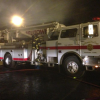
If you put the fire out there's no reason to jump out of windows
Started by
FFPCogs,
-
Recently Browsing 0 members
No registered users viewing this page.

Started by
FFPCogs,
No registered users viewing this page.